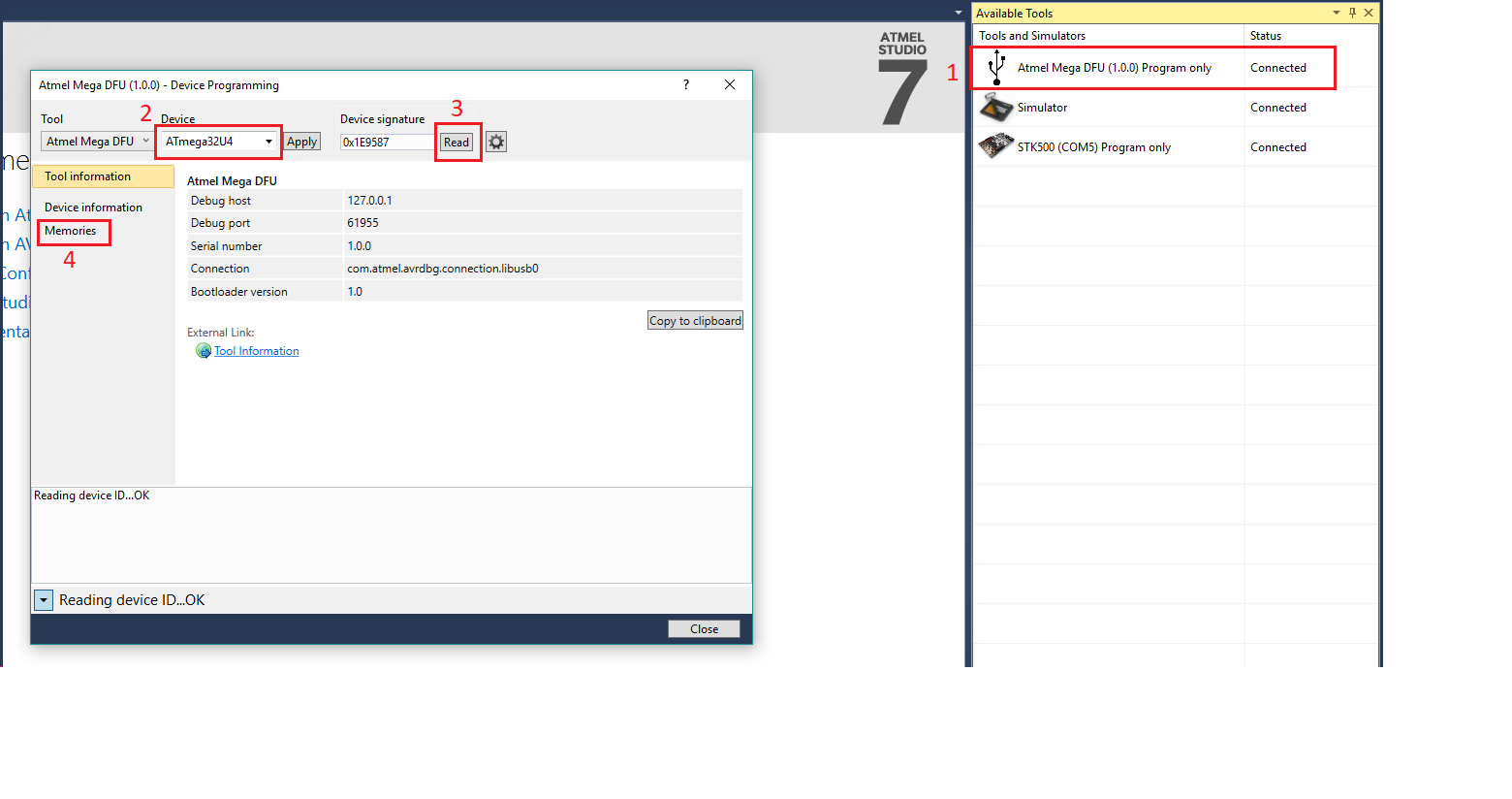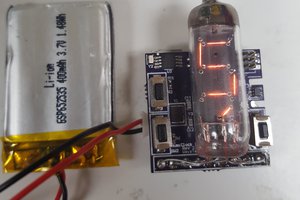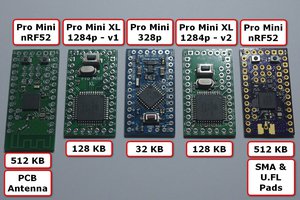It is Microchip/Atmel Xplained mini/nano mEDBG debugger with some additional features:
- level translation,
- USB 5V VBUS Schottky diode protection,
- build in 3.3V LDO,
- target voltage jumper selector: 5V (4.7V actually), 3.3V, external/other,
- power, programming and target power sensing LEDs,
- hacked code responsible for MCU selection: it is possible to program and debug all MCUs with compatible interface : ISP/dWire (most megaAVR and tinyAVR), SWD (all Atmel's ARMs), UPDI (new megaAVR and tinyAVR: called "0" and "1" series), TPI (some small tinyAVR)
(a little bit outdated) table showing interfaces in AVR / SAM families:
 With Xplained Yourself you are able to program all tinyAVR, megaAVR and SAM ARMs and debug most of them. It is not possible to program/debug XMEGA and UC families with Xplained Yourself.
With Xplained Yourself you are able to program all tinyAVR, megaAVR and SAM ARMs and debug most of them. It is not possible to program/debug XMEGA and UC families with Xplained Yourself. vidmo
vidmo It works great. I tested it with ATmega328P and ATtiny1616 as far. It can program and debug, no surprise here :)
It works great. I tested it with ATmega328P and ATtiny1616 as far. It can program and debug, no surprise here :)










 psmay
psmay
 Jeremy g.
Jeremy g.
 Andy
Andy
 Alex
Alex
Hi, I reproduce this project, but it does not work (ISP/debugWire). In the instructions above, I can't find fuse settings. Does it need to use stk500 or something else to set the fuse of atmega32u4 before the first step "1a" ? Most arduino uno users are not avr expert, can you give the people a more detailed instructions as an example? Best regards.